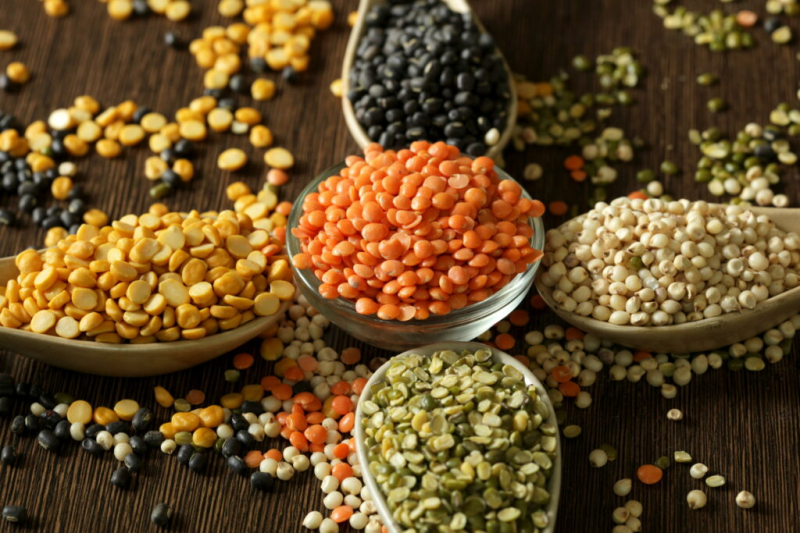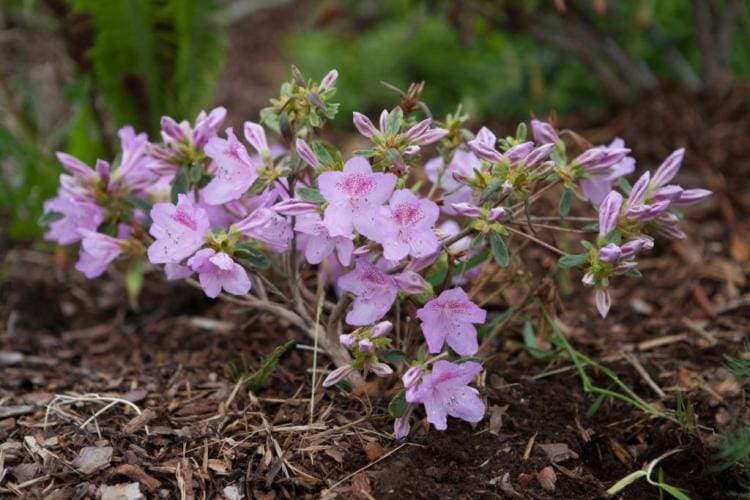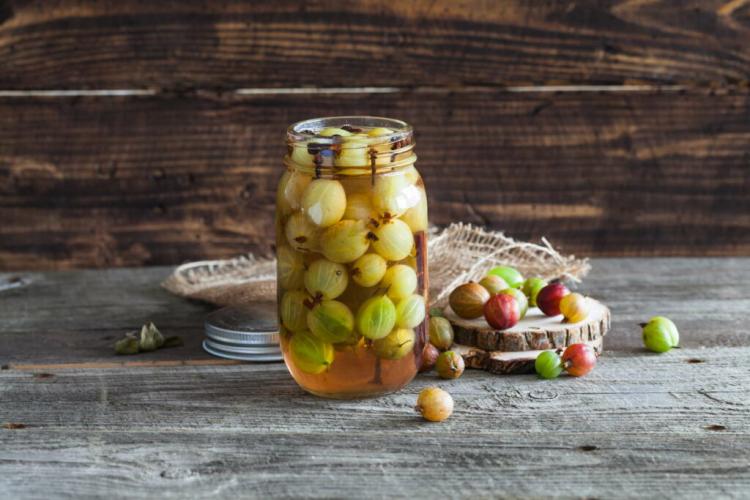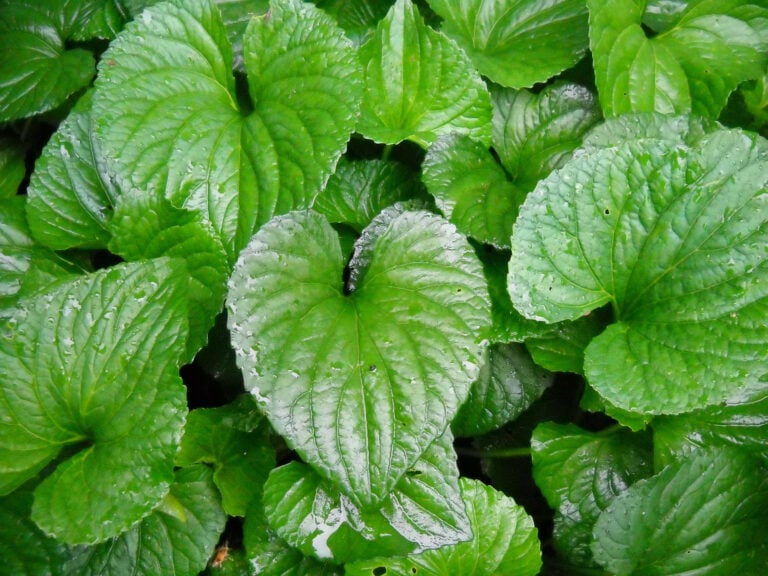Holly: Everything To Plant And Care For The Shrub
The holly, also known as ilex, is especially popular during the Christmas season. We present the most popular varieties of holly shrub, tell you if holly is poisonous and give tips on planting and care.
Holly (Ilex) also brings color to the garden in winter, when many trees and bushes have long since gone bare. With their shiny leaves and red, yellow, black, rarely also brown or green fruits, holly is a popular ornamental shrub and hedge plant.
In the USA and also here, holly branches are a popular Christmas decoration. But centuries before this custom, the druids valued the holly as a sacred plant and the Romans assigned it to the god Saturn and gave its branches as a gift on his holiday, the Saturnalia.
According to traditional folk belief, a living ilex protects the house and yard from lightning and should therefore better not be cut down too radically.
Holly: origin and characteristics
Table of Contents
Holly (Ilex) is the only genus in the family of the holly family (Aquifoliaceae). Altogether there are approximately 600 species worldwide. Holly inhabits all climatic zones of the earth, but its biodiversity is greatest in South America and East Asia, where it can be found at altitudes of up to 2000 meters above sea level. Only four of them are native to Europe, the best known is certainly the European holly (Ilex aquifolium).
Holly is a summer or evergreen deciduous shrub that can grow up to 25 meters high. It is also not uncommon for individual Ilex shrubs to grow up to 100 years old. The leaves are alternately arranged on the long, often branched shoots. Depending on the species, the leaves are smooth, serrated, or thorny at the edges. They are leathery and dark green or green with yellow or white variegation.
Flowering time
Holly trees are dioecious. This means that the shrub bears either only female or only male flowers. These are inconspicuous, small, and can be cream, yellow, white, green, or even almost purple, and sit in the leaf axils of last year’s shoots. The flowering time of the Ilex can vary depending on the species, the native Ilex aquifolium flowers between May and June. Depending on the variety, fruits of different colors can develop, but usually, the spherical drupes are red.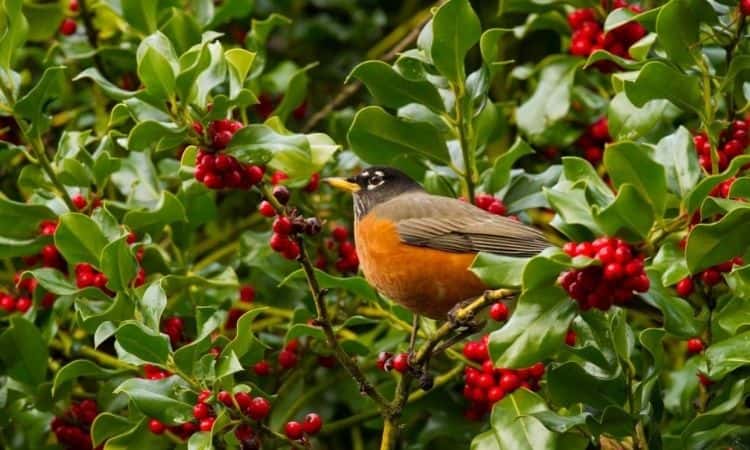
Popular holly varieties and species
The diversity within the holly family is very large. To help you keep track of up to 600 different species worldwide, we present the most interesting species and varieties.

European holly (Ilex aquifolium)
Ilex aquifolium is native to our region, the common or European holly is found mainly in mixed forests and of course in gardens. In the USA a plant is under nature protection. Popular varieties of this species are:
- Alaska: This variety has single-colored dark green leaves and can grow many meters to a stately tree.
- Hedge dwarf: After 10 years this variety has grown 30 centimeters high. It will never grow higher than 50 cm. It is wonderfully suitable for low hedges.
J. C. van Tol: The leaves of this popular variety are not serrated, but have smooth leaf edges. It bears a variety of small, light red fruits. - Myrtifolia: This variety does not bear berries, but its leaves are all the more striking. The leaves are shiny, wavy, and much longer than those of its conspecifics.
- Rubricaulis Aurea: This variety stands out with its green center and wide, cream-colored leaf edge.
- Silver Queen: Grey-green in the middle with a thin, silvery-white leaf edge are the leaves of this special variety.
You might so like: Cherry Laurel Yellow And Brown Leaves: Causes And Tips To Avoid
Japanese holly (Ilex crenata)
This species, which originates from Japan, is now also popular with us. The special thing about this species is that many varieties look quite similar to the box tree (Buxus). This is especially helpful for those who are looking for an alternative because of the boxwood border. There are countless varieties of Japanese holly. We will now introduce the most beautiful ones to you:
- Convex: The leaves of this variety are light green and convex. The fruits are first green and then turn black.
- Dark Green: This variety looks very similar to the box tree. Only the small, black fruits give it away as holly.
- Golden Gem: Golden yellow foliage carries this variety at budding. Later the leaves become greener.
- Green Hedge: Light green with a delicate yellow leaf edge are the leaves of this variety.
- Green Lustre: This variety grows as a dense, hemispherical bush. The leaves are slightly serrated and green. The fruits are purple-green.
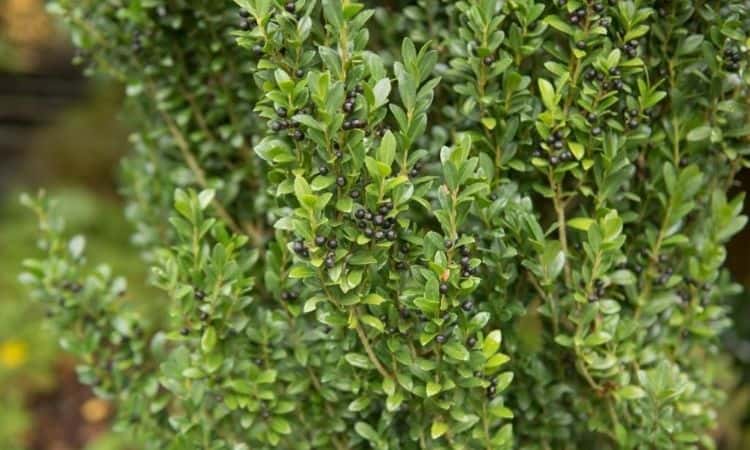
Bushy holly (Ilex x meserveae)
This type of holly is especially popular for hedges. This is due to its upright, conical growth and growth heights of up to three meters. Some interesting varieties of this species are:
- Blue Euro: This variety stands out because of its special leaves. These are light green in the middle of the leaves, turning creamy white on the outside and the tips of the leaves shimmering purple.
- Blue Prince: This variety stands out due to its blue-green leaves and its particularly dense growth. It does not bear any fruit, as it is only a male plant. The female counterpart is called ‘Blue Princess’ and bears bright red fruits.
- Hedge fairy: With green, strongly serrated leaves and many decorative red fruits, this variety convinces.
- Heckenpracht: This variety has green, densely serrated leaves, which make every hedge an eye-catcher.
- Heckenstar: This variety is called ‘Heckenstar’ for nothing because its densely branched and columnar growth makes it perfect for hedges.
Deciduous holly (Ilex verticillata)
The special thing about this species is that it loses its leaves in winter. Before that, they turn yellow and orange. Because it is not evergreen, it is rarely found in our country. Originally this species comes from North America.
You might so like: Flamingo Lily Flower: Anthurium Care, Location And Propagation
Chinese holly (Ilex cornuta)
This species, which originates from China, is widespread in large parts of China and Korea, where it is also cultivated as an ornamental plant. This is mainly due to its large, decorative fruits.
American holly (Ilex opaca)
This holly species are native to the south and east of the USA. There it is used as an ornamental plant, but the wood is also used in handicrafts. It is also this species that decorates many living rooms and postcards at Christmas time.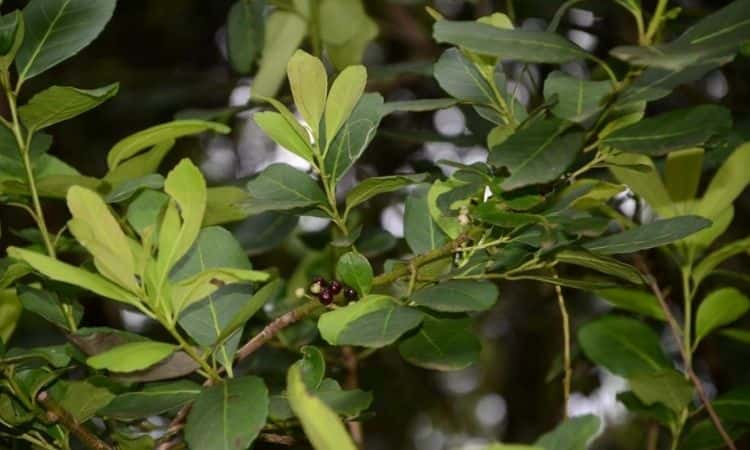
Mate shrub (Ilex paraguariensis)
Another species of holly, which many people do not know is also a holly, is the mate shrub. The leaves of this plant are used to make the stimulating mate tea. In large parts of South America, mate is drunk almost daily. The drink is also gaining more and more popularity in our country.
Planting holly
Holly feels comfortable in the garden in a bright location. This can be either a sunny or a half-shaded place. The soil should be nutritious and moist. Acidic and permeable soil at the location is also recommended. Holly can also grow in a pot. Choose a suitable, small-growing variety – or a pot of a suitable size.
Ideal location for planting:
- Bright location.
- Damp nutrient-rich soil.
- Acidic and permeable soil.
- Also possible as potted plants.
- Once you have found the perfect location in the garden, you can plant your holly. We have summarized how to do this in the following instructions.

Step-by-step instructions for planting holly:
- Best time: in spring after the last frost.
- Water root ball in a bucket.
- Dig a planting hole: 1.5 times as wide and deep as the root ball.
- Mix compost or fertilizer with long-term organic effects into the excavated material.
- Mix to calcareous or clayey soil with one-third sand and one-third potting soil.
- For plants from containers: Slightly tear roots with a spade or your hands to stimulate branching. In the case of plants in root balls, open the root cloth or wire basket generously at the root neck.
- Insert the plant so deep that the root neck (transition from root to shoot) is above the ground.
- Fill the planting hole with soil, step on it with your feet.
- In warm weather and with little rain: model a watering rim from the soil and make a planting cut.
- Pour on well.
- Planting distance for hedges: 4 – 8 plants per meter.
Holly care
The beauty of holly is that once planted, it requires little care and can be enjoyed for many years. Normally you don’t need to water the evergreen shrub regularly. Only potted plants need regular watering. Waterlogging should be avoided at all costs. Permanently moist roots lead to root rot. The watering water should also be as low in lime as possible because holly likes it slightly acidic.
Cutting holly
Holly does not require regular pruning. In general, however, the plants are very tolerant of pruning and cope very well with pruning in spring or summer. This can be a topiary for topiary trees or hedges, or to thin out plants that are too dense. Cut carefully and not too much at once, because holly grows very slowly and it can take a long time for the shrub to grow back to its old shape.
How do you cut holly?
- Best time: spring or late summer.
- Very compatible with cutting.
- Topiary for hedges or topiary shrubs, pruning or thinning.
- Cut with care, grows slowly.
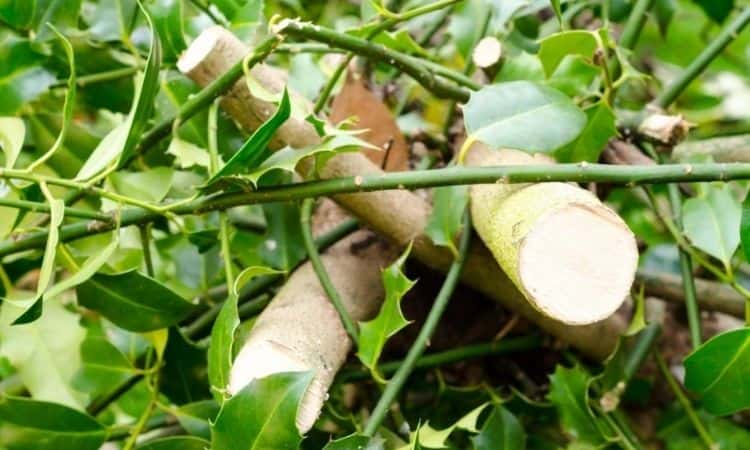
Propagate holly
Two methods have proven to be effective for the propagation of holly: sinking or cuttings. Both methods are briefly presented here.
Propagating holly by using cuttings:
- In spring or late autumn
- Select a healthy shoot and lower it to the ground
- Where it touches the earth, remove the leaves
- Now bury the shoot into the earth
- The shoot tip must look out of the ground
- Additionally, the buried shoot can be fixed with wire or a stone
- When roots have formed in autumn or spring, the lower is separated from the mother plant
- The new shoot is dug up and planted in a new place
Holly propagates through cuttings:
- Optimum time in July/August, but possible until frost sets in
- Use shoot tips of young plants or branches growing as close to the ground as possible on old plants
- Remove all leaves except the upper ones or shorten them by half
- Place in a water-draining container with nutrient-poor, airy cutting substrate
- Press on and pour on generously
- Ideal conditions prevail in a mini-greenhouse
- Set up in one and bright place
- Ventilate and humidify regularly
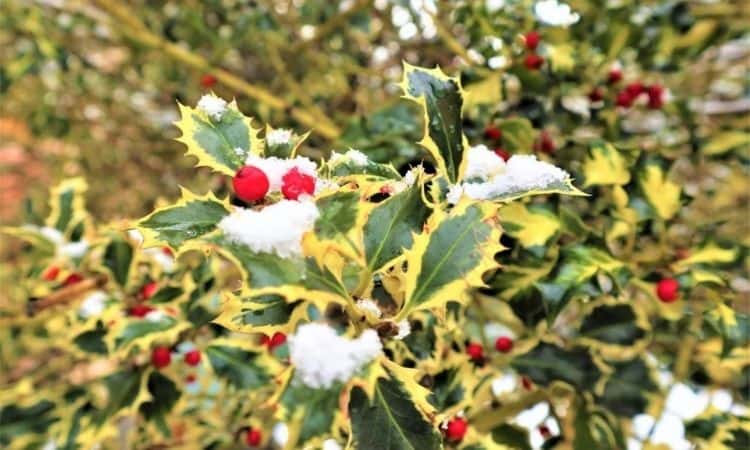
Holly hibernate
Wintering holly is very easy because most species of holly are hardy and can survive the winter in the garden without special protection. Only very young plants or special species need winter protection. A fleece or fir branches are suitable for this purpose. Tub plants should be wintered in a bright and frost-free place. That can be for example an unheated winter garden or a bright hall.
While holly can be wintered in the garden without protection, other plants need care even in winter. You can read more about the garden in winter in our article on gardening in December.

